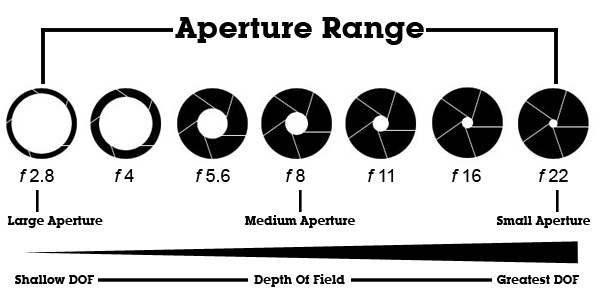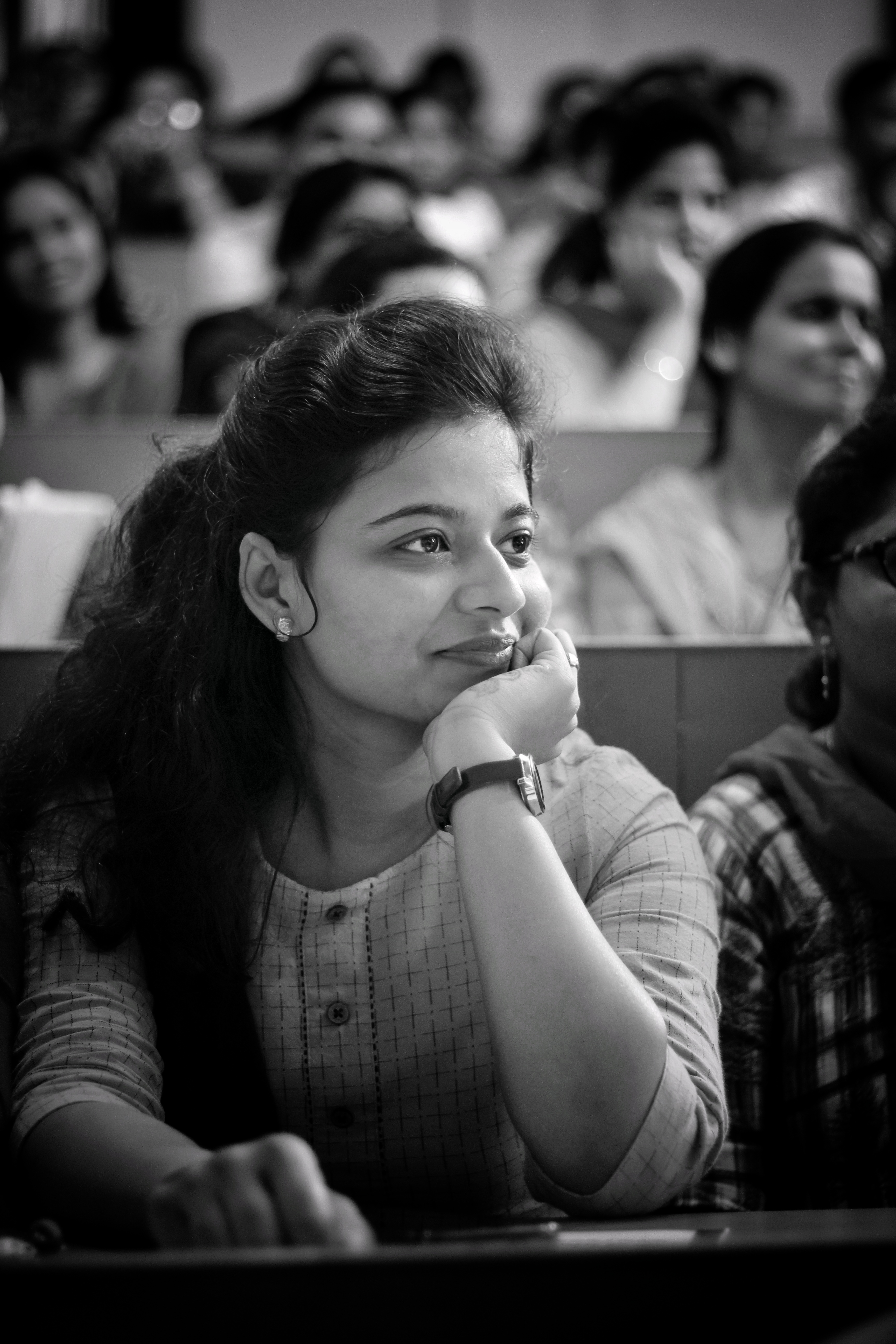Aperture Setting
Aperture and shutter speed are one of the most important concepts in photography and they can do a lot to change
the look of your photo. This is written mostly for users of SLR (single lens reflex) prosumer cameras with
aperture and shutter speed controls. I will be using highly simplified diagrams for the purpose of illustrating
the general concept.
How do you identify them? Now, if you have a camera with aperture and shutter speed controls
(a mode dial with PASM or P/Tv/Av/M) and you take it outside and half-press the shutter, two numbers should pop
up: One might have an fin front of it (ie. f3.5) or it will be a decimal of sorts (ie. 4.0). That number is the
aperture. The other number (if you're outside) should be larger, say around 200-4,000. That's the shutter
speed.
Aperture:
The aperture is the size of the lens opening. It controls the amount of light let in: a larger
aperture lets in more light, while a smaller aperture lets in less light.An aperture is made out of aperture
blades (usually five to nine) that form a rough circle to control the size of theopening, and therefore the
amount of light let in. The size of the opening is that f/number that I described earlier. Basically, that
f/number is a ratio of focal length to aperture diameter. Do you need to know this? Not really, except you
should keep inmind that the aperture is a ratio.Simply put, the smaller the f/number, the larger the opening
(f/3.5 = 1/3.5 = 0.286; f/16 = 1/16 = 0.0625). That's all I'm going to explain here because it's an extremely
complicated topic and you don't really need to know it. There's plenty of places on the web that explain it in
great scientific detail; this is not one of them. The following is a diagram of f-stops. Each f-stop (or just a
stop) lets in half the amount of light of the previous f-stop.

An aperture is made out of aperture blades (usually five to nine) that form a rough circle to control the size
of theopening, and therefore the amount of light let in. The size of the opening is that f/number that I
described earlier. Basically, that f/number is a ratio of focal length to aperture diameter. Do you need to know
this? Not really, except you should keep inmind that the aperture is a ratio.
Simply put, the smaller the
f/number, the larger the opening (f/3.5 = 1/3.5 = 0.286; f/16 = 1/16 = 0.0625). That's all I'm going to explain
here because it's an extremely complicated topic and you don't really need to know it. There's plenty of places
on the web that explain it in great scientific detail; this is not one of them. The following is a diagram of
f-stops. Each f-stop (or just a stop) lets in half the amount of light of the previous f-stop.

This portrait is all about the concept of "Depth of field".Basically the large aperture is open in this portrait and we recieved shallow depth of field.
Monochromatic portrait with shallow depth of field.

@f2 aperture with prime lense
SUMMARY:
Large aperture, background out of focus and shallow depth of field; small aperture, everything in focus and deep
depth of field.
(Large aperture = smaller f-number; small aperture = larger f-number).